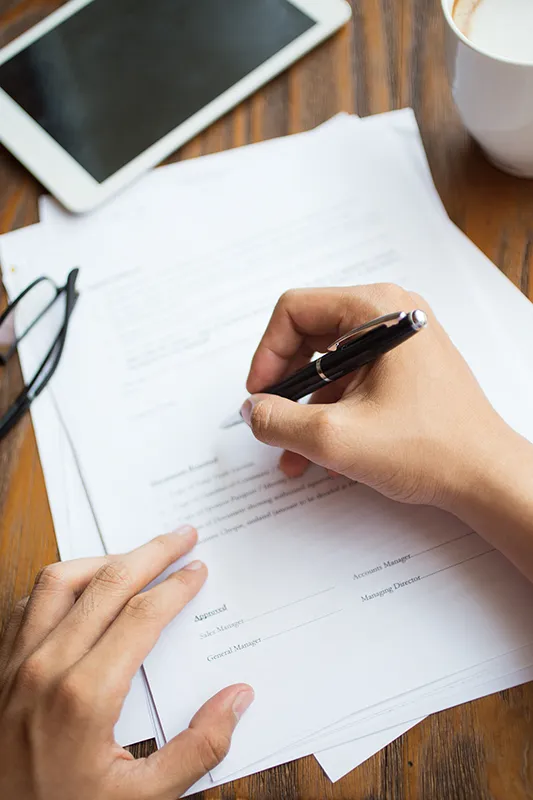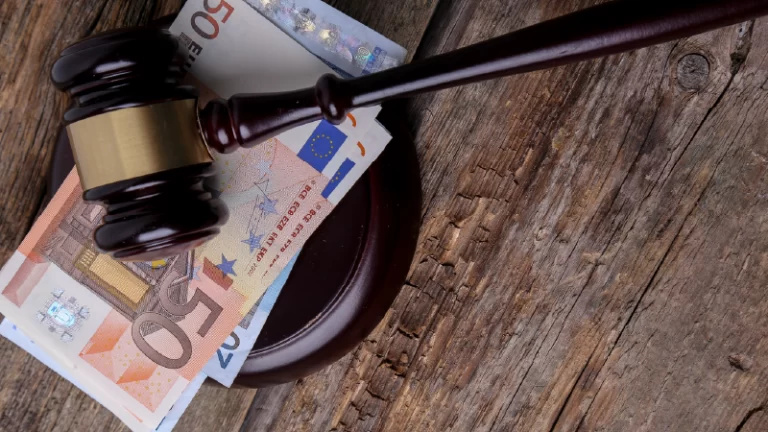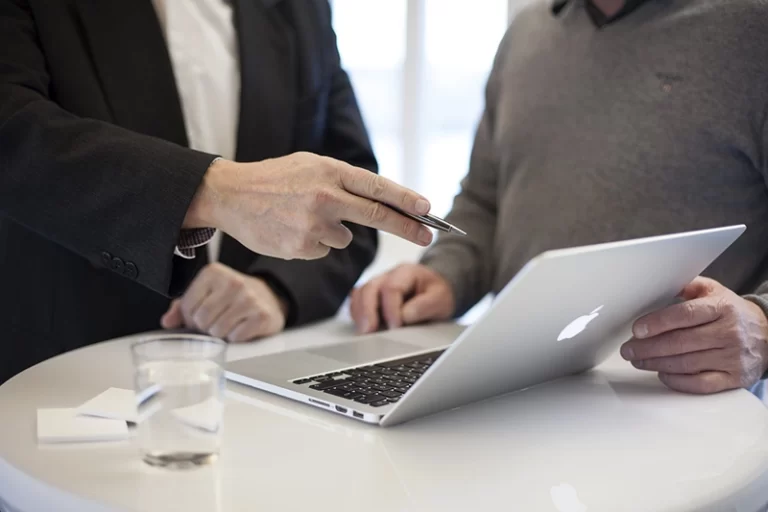The Trust

What is a Trust?
Definition, Functioning, and Benefits
An ancient institution of Anglo-Saxon origin, with roots tracing back to the Middle Ages, the Trust is a legal instrument that allows a person, the Settlor, to transfer their ownership rights or other lesser real rights of all or part of their assets to another person, the Trustee. The Trustee’s powers are meticulously outlined in the trust deed and may be exercised under the supervision of a protective and oversight body, the Protector, with the aim of managing and administering the assets for the benefit of one or more Beneficiaries.
More specifically, the transferred assets, regardless of their nature—movable property, real estate, money, credit instruments, shares, etc.—constitute a distinct and separate mass, segregated from the Trustee’s personal assets and dedicated solely to the ultimate purpose described in the trust deed. These assets form a separate patrimonial entity, distinct from the property of both the Settlor and the Trustee.
What Global Consulting Trust Offers
The partners and directors of GCO are all lawyers, notaries, and accountants who are duly registered with their respective professional bodies. GCO is an American law firm that oversees various legal practices across five continents and is the ideal choice for establishing trusts and selecting trustees.
Consulenza Tributaria
La nostra consulenza tributaria ottimizza le tue imposte, garantendo soluzioni su misura e conformità alle normative.
Consulenza Legale
La nostra consulenza legale fornisce supporto specializzato e soluzioni personalizzate per ogni tua esigenza giuridica.
Redazione Atti
Offriamo un servizio professionale di redazione atti istitutivi del Trust, garantendo precisione e conformità legale.
Trust Assets

What assets can be included in a trust?
A trust is a flexible instrument that allows for the inclusion of a wide range of assets. But what exactly are the assets that can be transferred into a trust? Let’s explore the different categories of assets that can be segregated within a trust.
-
Movable Assets
-
Real Estate
-
Corporate Interests
-
Money
-
Debt Instrument
Movable Assets
These are all assets that are not classified as immovable property. They encompass a wide range of items such as cars, artwork, jewelry, and furniture.
Real Estate
Defined by the Italian Civil Code as “in general, everything that is naturally or artificially attached to the land,” real estate can include land, buildings, houses, and other real estate properties.
Corporate Interests
These refer to shares, company stakes, and other forms of participation in businesses that can be transferred from one party to another.
Money
The concept of money includes bank accounts, savings, and other forms of liquidity.
Debt Instrument
These include bonds, certificates of deposit, and other forms of financial claims.
Movable Assets
These are all assets that are not classified as immovable property. They encompass a wide range of items such as cars, artwork, jewelry, and furniture.
Real Estate
Defined by the Italian Civil Code as “in general, everything that is naturally or artificially attached to the land,” immovable assets can include land, buildings, houses, and other real estate properties.
Money
The concept of money includes bank accounts, savings, and other forms of liquidity.
Corporate Interests
These refer to shares, company stakes, and other forms of participation in businesses that can be transferred from one party to another.
Debt Instrument
These include bonds, certificates of deposit, and other forms of financial claims.
The Main Actors of the Trust

Who can establish a trust, and who are the main parties involved?
-
Settlor
-
Trustee
-
Beneficiaries
-
Protector
Settlor
The Settlor, or Grantor, is the person who establishes the trust. They are the key figure who transfers the assets to the Trustee to be held in trust. The Settlor’s role is crucial, as they set the terms and conditions of the trust deed, outlining how the assets should be managed and for what purpose.
Trustee
The Trustee is the party that assumes ownership of the assets placed in the trust. They are responsible for administering these assets according to the guidelines and limitations set forth in the trust deed. The Trustee is obligated to account for their management, ensuring transparency and compliance with the Settlor’s wishes.
Beneficiaries
The Beneficiaries are the individuals or entities who, at the end of the trust period, will receive the assets managed by the Trustee. They may coincide with the Settlor or be third parties. Their role is central, as they are the ultimate recipients of the benefits derived from the trust.
Protector
The Protector, or Guardian, is an optional figure provided for in the trust deed. They perform a supervisory and oversight function over the Trustee’s actions. The Protector has the authority to remove the Trustee in case of non-compliance, ensuring proper management in line with the interests of the Beneficiaries.
Settlor
The Settlor, or Grantor, is the person who establishes the trust. They are the key figure who transfers the assets to the Trustee to be held in trust. The Settlor’s role is crucial, as they set the terms and conditions of the trust deed, outlining how the assets should be managed and for what purpose.
Il Trustee
The Trustee is the party that assumes ownership of the assets placed in the trust. They are responsible for administering these assets according to the guidelines and limitations set forth in the trust deed. The Trustee is obligated to account for their management, ensuring transparency and compliance with the Settlor’s wishes.
Protector
The Protector, or Guardian, is an optional figure provided for in the trust deed. They perform a supervisory and oversight function over the Trustee’s actions. The Protector has the authority to remove the Trustee in case of non-compliance, ensuring proper management in line with the interests of the Beneficiaries.
Beneficiaries
The Beneficiaries are the individuals or entities who, at the end of the trust period, will receive the assets managed by the Trustee. They may coincide with the Settlor or be third parties. Their role is central, as they are the ultimate recipients of the benefits derived from the trust.
Procedure, Powers, and Duties of the Trust

The Trust Deed
The establishment of a trust occurs through a unilateral act, which must be registered and in written form (either a public deed or a private document). The trust deed is a fundamental document and must contain the following elements:
-
The Beneficiary Parties
-
Assets Allocated to the Trust
-
The Powers of the Trustee and the Criteria for Administration and Management of Trust Assets
-
Duration
-
The Protector and Their Powers
The Beneficiary Parties
The deed must clearly identify the beneficiaries of the trust, who are the individuals or entities that will benefit from the assets and resources managed by the trust.
Assets Allocated to the Trust
The deed must specify the assets allocated to the trust, which may include movable assets, real estate, company shares, cash, and financial instruments.
Powers of the Trustee and Management Criteria
It must outline the powers of the Trustee and the criteria for the administration and management of the trust’s assets, ensuring they align with the Settlor’s wishes and comply with applicable laws.
Duration
The trust deed must establish the duration of the trust, specifying the period during which the trust will be in effect.
The Protector and Their Powers
If applicable, the deed must describe the powers of the Protector, who plays a supervisory and oversight role over the actions of the Trustee.
The Beneficiary Parties
The deed must clearly identify the beneficiaries of the trust, who are the individuals or entities that will benefit from the assets and resources managed by the trust.
Assets Allocated to the Trust
The deed must specify the assets allocated to the trust, which may include movable assets, real estate, company shares, cash, and financial instruments.
Duration
Powers of the Trustee and Management Criteria
It must outline the powers of the Trustee and the criteria for the administration and management of the trust’s assets, ensuring they align with the Settlor’s wishes and comply with applicable laws.
The Protector and Their Powers
If applicable, the deed must describe the powers of the Protector, who plays a supervisory and oversight role over the actions of the Trustee.
What are the powers of the Trustee?
The powers of the Trustee must be explicitly outlined in the trust deed. Generally, Trustees may have a wide range of powers, within the limits of the applicable legal framework. Some of the most common powers include:
- Engaging third parties and professionals for the optimal management of trust assets.
- Delegating the management of assets to third parties, under their own responsibility.
- Conducting investigations into the management of assets, with the aim of optimizing it.
- Delegating powers to other individuals when necessary.
...and the duties of the Trustee?
The duties of the Trustee are fundamental to ensuring the proper management of the trust. The main duties include:
- Separation of Personal and Trust Assets: The Trustee must maintain a clear distinction between their own assets and those of the trust.
- Accounting: The Trustee is obligated to provide detailed accounting of the management of the trust’s assets.
- Safeguarding the Integrity of the Trust: The Trustee must act diligently and fairly to protect the trust’s assets.
Why is the role of the Protector important?
The Protector plays a crucial role in ensuring the proper management of the trust. Their main functions include:
Supervisory Power: The Protector oversees the actions of the Trustee, ensuring that they align with the interests of the trust and its beneficiaries.
Giving Instructions to the Trustee: The Protector can provide directives to the Trustee to ensure management aligns with the objectives of the trust.
Approval of Trustee Decisions: The Protector can grant approval of the Trustee’s choices and decisions, adding an additional layer of oversight.
Benefits of a Trust
Why Establish a Trust?
Establishing a trust can offer numerous advantages, both for asset protection and for safeguarding vulnerable individuals. Let’s explore the main benefits of this legal instrument.
Protection of Vulnerable Individuals
A trust can be used to ensure the protection of vulnerable individuals, such as minors, the elderly, or people with disabilities. This allows for their interests to be safeguarded and ensures that they receive the necessary assistance over time.
Asset Protection
A trust is an effective means for asset protection, both for family and business assets. It allows for the safeguarding of deserving interests, such as personal needs, inheritances, or business strategies. Additionally, it can be used to protect assets from enforcement procedures, such as seizures of movable and immovable property.

Types of Trusts
There are various types of trusts, each suited to specific needs. The choice of trust type depends on the desired objectives. Here are some of the main categories:
-
Family Trust or Trust for Vulnerable Individuals
-
Real Estate Trust
-
Corporate/Commercial Trust
-
Liquidating Trust
-
Purpose Trust
-
Discretionary Trust
-
Charitable Trust
Family Trust or Trust for Vulnerable Individuals
A Family Trust is ideal for protecting the interests of the family and ensuring the well-being of the most vulnerable members.
Real Estate Trust
A Real Estate Trust is used for the management and protection of real estate assets, such as houses and land.
Corporate/Commercial Trust
A Corporate or Commercial Trust helps address business-related issues, facilitating management and business succession.
Liquidating Trust
Purpose Trust
A Purpose Trust, often created for security purposes, is established to achieve specific objectives, such as ensuring compliance with certain conditions or obligations.
Discretionary Trust
A Discretionary Trust allows the Trustee a certain degree of flexibility in managing and distributing the assets, based on the changing needs of the beneficiaries.
Charitable Trust
A Charitable Trust is established for philanthropic purposes, allocating assets to support charitable causes and organizations.
Family Trust or Trust for Vulnerable Individuals
A Family Trust is ideal for protecting the interests of the family and ensuring the well-being of the most vulnerable members.
Real Estate Trust
A Real Estate Trust is used for the management and protection of real estate assets, such as houses and land.
Liquidating Trust
A Liquidating Trust is established to manage the liquidation of an estate, ensuring an orderly distribution in accordance with the settlor’s wishes.
Corporate/Commercial Trust
A Corporate or Commercial Trust helps address business-related issues, facilitating management and business succession.
Purpose Trust
A Purpose Trust, often created for security purposes, is established to achieve specific objectives, such as ensuring compliance with certain conditions or obligations.
Discretionary Trust
Il Trust Discrezionale permette al Trustee di avere una certa flessibilità nella gestione e distribuzione dei beni, in base alle esigenze mutevoli dei beneficiari.
Charitable Trust
A Charitable Trust is established for philanthropic purposes, allocating assets to support charitable causes and organizations.
Tax Benefits
Current Legislation

The Hague Convention
The primary legal source regulating the trust institution is the Hague Convention of July 1, 1985, ratified in Italy by Law No. 364 of October 16, 1989.
Why Choose Us?
Considering the nature of the 1985 Hague Convention and the option it provides to the Settlor to choose the applicable national law, in accordance with Articles 6 and following, and given the complexity of the subject matter, it is always recommended to seek the advice of an expert legal professional.
Global Consulting Trust offers assistance and support through its international network of experienced collaborators, including lawyers and notaries.




